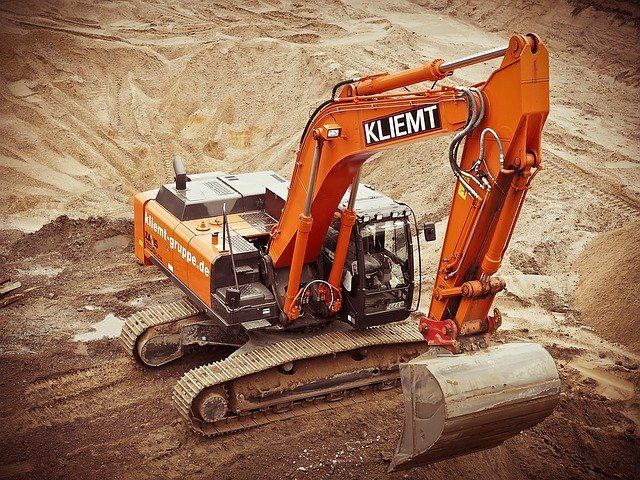
Extreme summer heat can cause major disruption to labour-intensive industries across the world and, as global temperatures continue to rise, we can expect to see extreme heat events more and more frequently.
As these conditions become more commonplace, we must consider what can be done to help blue-collar workers continue to work safely.
To get an understanding of current extreme heat measures we can look to California to see what workers there are doing to combat the heat.
Current measures include starting earlier in the summer months, working in the shade as much as possible, taking breaks to sit in air-conditioned cars and being more mindful of the weather and sun’s position in the sky. These adaptations to the workday are not just necessary but lifesaving. Heat lowers the ability to concentrate, thus increasing risks of workplace injuries.
High temperatures also make it hard to sleep, leading to higher rates of heat-related and sleep-deprivation-induced injuries. Simply, if you put a sleep-deprived worker and heavy machinery together you have a lethal combination.
Rising temperatures, linked to human-induced climate change, damage economies beyond the health impacts. It is estimated that for each additional degree above the 20-25c threshold, task productivity drops 2%.
On a global scale, the cost of this decrease in labour productivity could reach £1.8 trillion per year by 2030. Now I’ve got your attention!

There are several simple ways we can reduce the heat strain. The simplest and best way is to avoid working when the sun is at its hottest. This idea is already integrated into the culture in places like Greece and Spain who rest during the hottest part of the day.
However, the question we are asking is how technology can help. Individual, wearable sensors could be a powerful tool in combating heat strain. They would be especially useful in industries like construction, mining and agriculture.
Other aids we may begin seeing soon are wearable cooling or warming devices worn inside clothing using electrical conductors that transfer heat when electricity is run through them. You may only be able to spot the technology on the golf course at the moment, but in the not-too-distant future use among outdoor workers may become commonplace.
Responsible employers should be providing drinks and shaded rest areas to outdoor workers. Regularly scheduled or mandatory rest breaks could help in situations where employees are over-exerting themselves. Of course, not all employers are as responsible as we would like, which is why many campaigners are calling for enforceable heat regulation and stronger worker protections.
Here at Polestar, we enjoy the luxuries of an air-conditioned office which we all sheltered in during the hottest parts of the year. This luxury cannot always be extended and, as such, we need to implement climate policies or develop technologies that aid blue-collar workers around the world.
Unfortunately, the solution will most likely be the latter as preventative measures are not the current standard practice. It’s the case that we always follow a break it now, fix it later approach to most issues. This outlook cannot be applied to climate change and heat related events and as such substantial policy changes are needed as soon as possible.
Heat stress is the leading cause of weather-related death and can exacerbate underlying illnesses including cardiovascular disease, diabetes, psychological distress, asthma, and increase the risk of accidents and infectious disease.